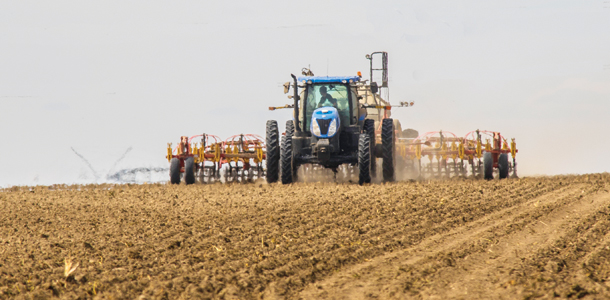Current Temperature
-7.3°C
Crop sequencing project and new durum variety show promise for reducing FHB
Posted on February 8, 2022 by Sunny South News
By Erika Mathieu
Sunny South News
A team of researchers at the Agriculture and Agri-Food Canada’s (AAFC) Swift Current Research and Development Centre have created a breakthrough durum wheat variety with an intermediate resistance (IR) rating to the fungal disease, Fusarium Head Blight (FHB). A release issued in Summer 2021, highlighted the discovery of DT2009, the first line of durum wheat in the world to express this level of resistance to FHB.
Although Canada is one of the top global producers of durum wheat, the industry continues to face challenges due to the variety’s susceptibility to fungal diseases such as FHB. These fungal diseases can threaten the viability of a crop and impact overall profitability for farmers. FHB epidemics have occurred several times in the Canadian prairies over the past 20 years and has altered some production patterns across the country. According to the Agriculture and Agri-food Canada release, FHB primarily impacts wheat, barley, and oats. It infects seeds while diminishing the quality of harvested grains used in food and non-food applications.
“Thanks to a team effort at AAFC Swift Current, the new line is a breakthrough in the improvement of FHB resistance in durum wheat, which will increase its profitability for farmers. It’s the first and only durum line with the ‘Intermediate’ FHB resistance in Canada, and worldwide to date,” said Dr. Ruan, research scientist and breeder of the new variety of durum. DT2009 also expresses many other desirable traits, including a high protein content and a high yield.
An ongoing rotational study led by pathologist Dr. Randy Kutcher, of the University of Saskatchewan, alongside other researchers, will provide insight into ideal crop sequences for managing FHB. Research coordinator at Farming Smarter, Mike Gretzinger, said the focus of the sequencing study is on durum wheat.
He explained, “the genetics within durum plants, compared to say, wheat or barley or even winter wheat is they just don’t have as good resistance to FHB, and they are one of the more susceptible cereals. This project has been looking at, different management strategies for FHB.”
Gretzinger spoke to the potential of synthesizing DT2009 with the findings from the sequencing project.
“I think they are a great fit together.”
“Taking a quality hit is pretty impactful for the entire sector(…) you can imagine if all the sudden you start getting macaroni in the box and it just clumps together or doesn’t taste quite right. It’s often little things that are hard to quantify,” for average consumers. Gretzinger explained, but said infection levels have been significantly lower for the last few years. Although FHB may currently be on a downward trend, compared to 10 years ago when FHB, “was absolutely rampant across western Canada,” researching management strategies are still important. “I think there is some risk that it could pop up and spread quite significantly again,” Gretzinger said. “Having this intermediate resistance is just one more tool in the toolbox to combat against FHB.”
Farming Smarter is a non-profit organization in Lethbridge County which represents agricultural producers in southern Alberta. The main focus is research centred on helping southern Alberta crop producers make informed choices concerning technology and practices for their operations.
Farming Smarter will be holding its annual two-day conference for the southern Alberta agriculture community on Feb. 16 and 17, at Exhibition Park in Lethbridge. To learn more about the ongoing crop sequencing research project, visit http://www.farmingsmarter.com/growing-new-ideas/crop-sequence-study-of-fusarium-head-blight-of-cereals/
Leave a Reply
You must be logged in to post a comment.

